Quartier des bijoux de Jongno 3(sam)-ga (종로3가 귀금속 전문상가)
1.4Km 2025-10-23
Jongno 3(sam)-ga, Jongno-gu, Seoul-si
+82-2-1330
Avec ses nombreuses bijouteries grossistes et détaillantes, ce quartier offre des bijoux de divers designs à un prix très intéressant. Il y a autant de styles que de boutiques, ce qui rend ce quartier populaire surtout pour les futurs mariés et les touristes étrangers. Le grand avantage est que l’on peut y bénéficier d’une réduction de 30 à 40% par rapport aux prix courants.
Divers bijoux à prix de gros
Le quartier des bijoux de Jongno englobe en général les environs de Jongno 3(sam)-ga, allant de Jongno 1(il)-ga jusqu’à Jongno 5(o)-ga en passant par le cinéma « Danseongsa ». Le nombre des magasins installés dans ce quartier s’élève à plus de mille, et celui des ateliers de fabrication dépasse 300. Il y a également une vingtaine de centre d’évaluation aux alentours.
Le premier quartier des bijoux est né dans le quartier « Yeji-dong », puis il s’est étendu jusqu’au quartier « Bongik-dong » près du cinéma « Danseong-sa ». A mesure que le quartier s’agrandissait, de plus en plus de bijouteries s’installaient autour du boulevard principal qui mène de Jonggak jusqu’à Jongno 5(o)-ga. Pourtant, chaque quartier garde toujours son identité.
Connu pour les montres décorées principalement de pierres brutes, « Yeji-dong » est appelé « quartier des montres ». Avec « Yeji-dong », « Bongik-dong » est aussi un quartier où sont rassemblés bien des grossistes. On y trouve de nombreuses bijouteries spécialisées en or pur ou en collier chaîne . Elles sont fréquentées par les intermédiaires et les grossistes venant des quatre coins de la Corée du Sud. Il est possible qu’un particulier y fasse ses achats, mais certains magasins grossistes ne le souhaitent pas. En revanche, les boutiques tenues par les détaillants installés le long du boulevard sont ouvertes aux particuliers. Dotés d’un aménagement intérieur moderne, ces nouveaux magasins présentent divers étalages. De plus, situés le long du grand boulevard, ils sont faciles à trouver. Les prix sont raisonnables et ils s’approchent de ceux des grossistes.
Les boutiques de ce quartier offrent divers produits et prix. Grâce à nombre de centres d’évaluations situés aux alentours, vous pouvez faire vos achats en toute confiance. Les magasins tiennent aussi des ateliers de fabrications communs. Si vous leur apportez une photo ou une brochure de votre modèle désiré, ces bijoutiers pourront vous faire le même style. Vous pourrez également bénéficier des services après-vente. Ici, il est possible d’acheter avec une réduction de 30 à 40% comparé avec d’autres quartiers, et ce pour de l’or ou du diamant à un prix de gros ; pour les montres, la réduction peut atteindre 50 ou 60%. Selon les articles, vous pourrez aussi acheter des bijoux pour la cérémonie de mariage. Cependant, les prix varient selon les vendeurs, il est donc conseillé de choisir l’article souhaité et de comparer les prix proposés en faisant un tour dans les boutiques avant de faire vos achats.
La réputation de ce quartier est aussi due au design de ses bijoux. Dès que sortent les nouvelles brochures des marques de luxe étrangères telles que « Cartier », « Tiffany », « Bulgary », le lendemain apparaissent les mêmes designs dans les boutiques. Depuis ces derniers temps, ce quartier est devenu célèbre aussi grâce aux accessoires portés par les vedettes coréennes Une bonne partie des accessoires qui ont été portés par elles et qui sont devenus à la mode sont nés de la coopération des commerçants du quartier avec les habilleuses lors de la conception de feuilletons télévisés. C’est la raison pour laquelle ce quartier est baptisé « Mecque des bijoux » portés par les vedettes. Les designs qui ont eu un grand succès sont, par exemple : les boucles d’oreilles de Lee Seung-Yeon et de Lee Yeong-Ae, les médailles de Jeon Ji-Hyeon et de Mun Hui-Jun. etc..
Tout cela attire les touristes étrangers, notamment les Japonais. Comparés au Japon, les prix sont beaucoup moins élevés, l’or et divers bijoux sont très appréciés par eux. Situé en plein coeur de Séoul, dans le quartier Jongno, ce quartier des bijoux est très facile d’accès, ce qui favorise les achats efficaces.
Hyehwa1938 / 혜화1938
1.4Km 2025-08-12
7, Sungkyunkwan-ro 16-gil, Jongno-gu, Seoul
+82-10-7107-1752
Located in (no suggestions)-dong of Seoul, Hyehwa 1938 is a lodging facility which is based on the remodeling of an 80-year- old traditional Korean house. A traditional Korean house expert initially wanted to use it as an office but later decided to turn it into a guest house due to its large size. As a result, the unique beauty of traditional Korean house was revived while improving practicality. The Woojeong room and Sarang room are now resized to accommodate max 8 persons which used to be only max 4 in the past. Despite the remodeling, the aura and atmosphere of the traditional Korean house is well preserved. Inside the room, you can see that the chandelier of the rich house in the '30s are accompanied by modern furniture and electronics which maintain unique harmony. Open the windows to see sansuyu and maehwa along with other various seasonal trees with beautiful colors and also the space such as edges and sewers are well arranged to avoid any discomforts with your eyesight. The heart of architecture offers only two rooms for guests, and you are all welcome to enjoy the true beauty of Korea.
Rue des pojangmachas de Jongno 3-ga (종로3가 포장마차 거리)
1.5Km 2025-11-03
Gwansoo-dong, Jongno-gu, Séoul, Corée
La Rue des pojangmachas de Jongno 3-ga est une rue formée du côté de la sortie 1 de la station de métro Jongno 3-ga sur la ligne 1 et la ligne 5. C'est aussi appelé "rue de nuit de Jongno 3-ga", et pratiquement chaque sortie de la station Jongno 3-ga a une rue de stands de nourriture. En particulier, à la sortie 13, des propriétaires ayant plus de 20 ans d'expérience dans les stands de nourriture gèrent leurs affaires, ce qui en fait un endroit réputé pour la gastronomie. Grâce à l'atmosphère animée et au charme des soirées, les clients ne manquent jamais. Bien qu'il y ait des établissements ouverts dès l'après-midi, la plupart fonctionnent généralement de l'heure du dîner jusqu'à l'aube. De nombreuses entreprises sont situées près de Gwanghwamun, Jonggak et de la mairie, et il y a beaucoup de sites touristiques dans les environs comme Ikseon-dong et Insadong, attirant de nombreux employés de bureau et touristes étrangers. Chaque stand de nourriture a un menu différent, permettant de déguster des fruits de mer comme le nakji vivant, le myeongge, et le sea cucumber, ainsi que des plats de rue comme les udon et les ramen, le tout en un seul endroit.
Village Seochon (서촌마을)
1.5Km 2021-07-14
45, Pirundae-ro, Jongno-gu, Seoul
Le village Seochon se situe à l'est du palais Gyeongbokgung. Il s'agit d'un lieu composé à la fois de maisons traditionnels hanok, de petites ruelles paisibles, mais aussi de nouveaux magasins qui forment une très belle harmonie dans le village. En parcourant les nombreuses petites ruelles des lieux, vous pourrez aussi apprécier plusieurs peintures murales très colorèes. Ce village se distingue donc par son côté à la fois pittoresque mais aussi raffiné.
Quartier Daehangno (Quartier Universitaire) (대학로)
1.5Km 2021-02-02
12 Hyehwa-ro, Jongno-gu, Seoul-si
+82-2-2148-1114
La Rue Daehangno, connue comme la rue des jeunes gens, est l’ancien emplacement de l’Université National de Séoul. Depuis les années 1980, beaucoup de théâtres de jeu ont commence à se déplacer à la Rue Daehangno, et ils ont commencé à y développer un centre culturel. Bientôt, des cafés, des movie théâtre, et des pubs s’y sont installés également, et elle s’est agrandie comme un district de divertissements. Sa popularité est encore maintenue grâce à de petits théâtres fameux comme le Théâtre Parangsae (Oiseau Bleu) et le Théâtre Hakjeon ainsi que 30 théâtres additionnels qui se sont groupés ici et contribuent à la Rue Daehangno qui reste comme le centre des racines de performances artistiques en Corée.
Le centre de Daehangno, le Parc Marronnier, a fréquemment des performances en direct ou des représentations de danses faites par les jeunes gens. C’est la raison pour laquelle la Rue Daehangno est appelée “La Mecque des Jeux” ou encore “Rue de la Jeunesse”.
Une autre raison pour laquelle la Rue Daehangno est devenue si populaire pour les jeunes, ce sont les beaux paysages et la diététique intéressante qu’on peut y trouver. Beaucoup de restaurants, chaînes de fast food, cafés et bars y sont regroupés, et augmentent la facilité pour les jeunes gens de faire quelque chose après avoir joué. Son unique atmosphère et espace est encore beaucoup aimée par un grand nombre de jeunes.
Seosulla-gil (서순라길)
1.5Km 2025-09-19
150-3, Jongno, Jongno-gu, Seoul
La rue Seosunra-gil, reliant le 150-3 Jongno à Gwan-nong-dong 26 dans l’arrondissement de Jongno à Séoul, est une voie historique autrefois parcourue par les Sunragun, gardes chargés de la sécurité publique sous la dynastie Joseon. Située à l’ouest du poste de patrouille (Sunracheong) qui surveillait le sanctuaire royal Jongmyo, elle a pris le nom de « Seosunra-gil ».
Les environs comptent plusieurs quartiers touristiques traditionnels très prisés tels qu’Ikseon-dong, Insadong, Bukchon et Samcheong-dong. La rue elle-même abrite de nombreux restaurants, cafés et ateliers artisanaux. Au printemps, avec la floraison des fleurs, et en automne, lorsque les feuilles se parent de couleurs, les paysages le long des murs de pierre deviennent particulièrement pittoresques, faisant de cette rue une destination appréciée pour les rendez-vous romantiques ou les sorties familiales.
En se promenant dans la rue, on trouve de nombreux endroits parfaits pour prendre de belles photos.
Musée d’art Ilmin (일민미술관)
1.5Km 2022-09-27
1, Cheonggyecheon-ro, Jongno-gu, Seoul-si
Le musée d’art Ilmin se situe dans l’ancien bâtiment du journal Dongah. Le journal Dongah a été crée en 1926 et siègea dans ce lieu pendant 66 ans. Il représente le plus ancien bâtiment de presse en Corée. Il a été fermé pendant un an pour cause de travaux de rénovation et a été réouvert en 1996. Le musée a gardé son sol en carrelage et ses murs de verre malgré les années.
De la dynastie Goryeo (918-1392), il y a 430 pièces de la collection Ilmin(M. KIM Sang-Man) et 1200 pièces de la collection d‘art du journal Dongah, et 100 pièces d’art appartenant à la société Hyundai.
Cette collection provient surtout de Kim Sang-Man. La plupart des pièces sont des peintures. Or certaines oeuvres sont importantes pour l’histoire. La collection Hyundai contient particulièrement des peintures de critiques sociales. Au sous-sol se trouve une boutique d’objets d’art où il y a aussi des peintures originales.
Of one book and stay / 일독일박
1.5Km 2025-08-11
11-1, Pirundae-ro 3-gil, Jongno-gu, Seoul
This hanok (traditional Korean house) is located in Seochon Village near Gyeongbokgung Palace. It is a modern C-shaped hanok centered around the inner courtyard, which is the first thing that the guests see after entering through the gate. While it is not expansive, white pebbles and a foot bath make this hanok a unique one. One can enjoy a foot bath while sitting on the porch.
The bedroom, which is located beyond the living room, is furnished with a queen-sized bed. Opening the screen doors brings one to the view of the kitchen area beyond the inner courtyard. A large table, plush sofa, and a small bookcase make the space ideal for books and discussions. Climbing the wooden ladder to the side of the kitchen brings one to the attic, which also doubles as a Korean-style room with a skylight. The kitchen is furnished with a refrigerator, microwave oven, gas stove, electric kettle, toaster, pots, utensils, wine glasses, and bottled water. There is a restroom with a bathtub. The standard occupancy of the house is 4 people.
HiKR Ground (하이커 그라운드)
1.6Km 2025-09-01
Seoul Center, KTO, 40 Cheonggyecheon-ro, Junggu, Seoul
Le nom du centre, 'HiKR', est une combinaison de "Hi Korea" et vise à fournir un vaste terrain de jeux et d'activités pour les voyageurs en Corée.
Au premier étage des lieux, on trouve un espace où il est possible d’apprécier des arts multimédias via l’installation "HiKR Wall" qui diffuse notamment l’oeuvre vidéo "Landscape of the New City" par l’artiste Lee Lee-nam. L’espace diffuse également des vidéos de promotion du tourisme en Corée proposées par des fans de la hallyu à travers le monde. Au second étage des lieux, les visiteurs peuvent créer leur propre clip de K-pop via le XR Live Studio. Au niveau des baies vitrées donnant sur la rivière Cheonggyecheon, on trouve une oeuvre dénommée ''North Wall'' signée de l’artiste Suh Do-ho. Au troisième et au quatrième étage, les visiteurs peuvent profiter de différentes activités interactives autour du tourisme en Corée.
We ride (위라이드)
1.6Km 2023-07-27
Seoul Center, KTO 40 Cheonggyecheon-ro, Jung-gu, Seoul
We Ride propose 'la meilleure manière d'explorer Séoul' via des tours en vélo électrique avec des guides. La société vous propose de découvrir les coins cachés de la ville pour découvrir les charmes de la capitale. Le tour dure environ 2h30 et propose un parcours accessible à tous les publics.
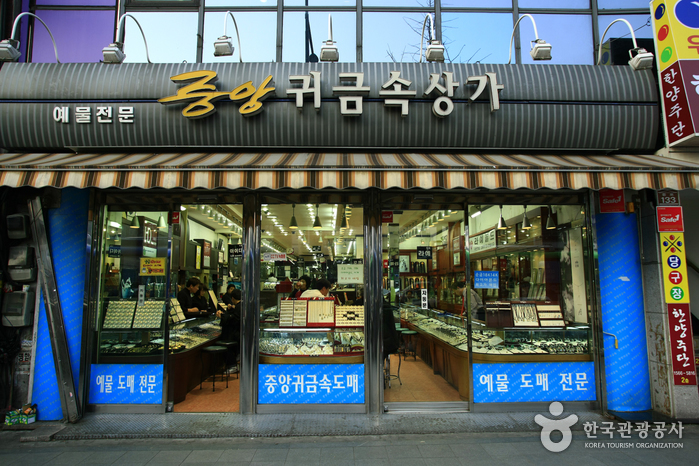
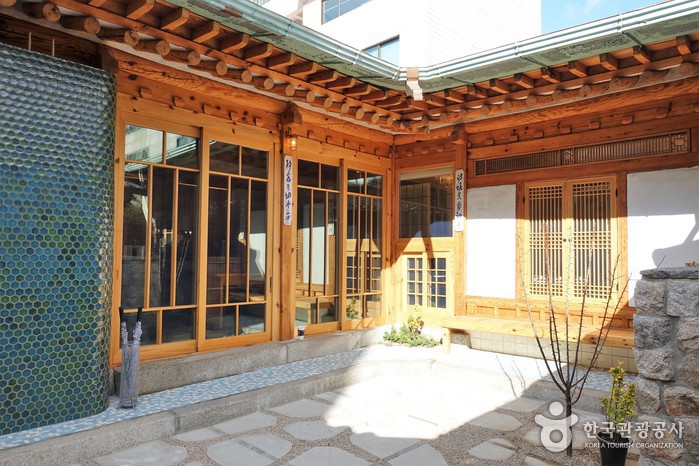
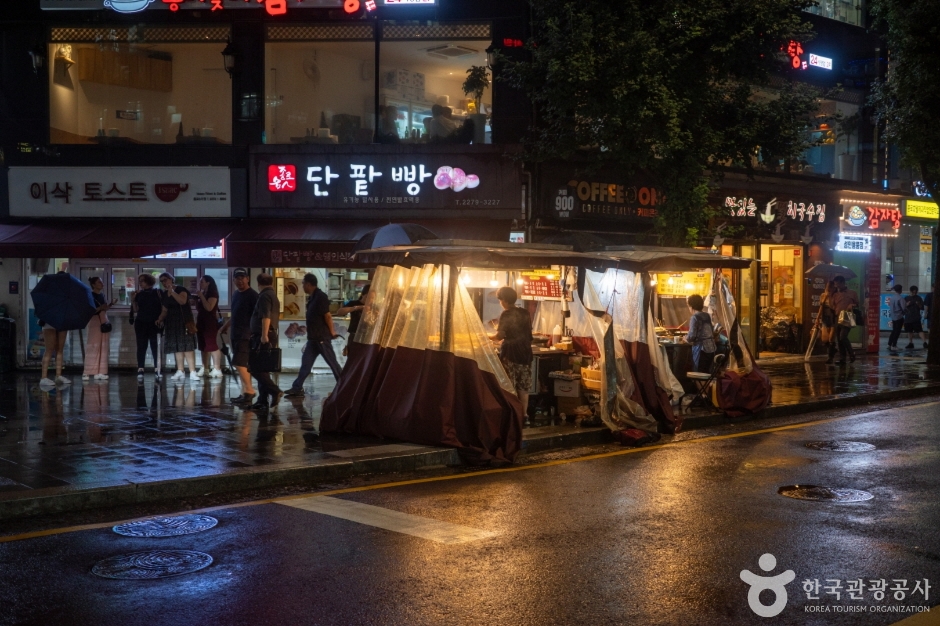
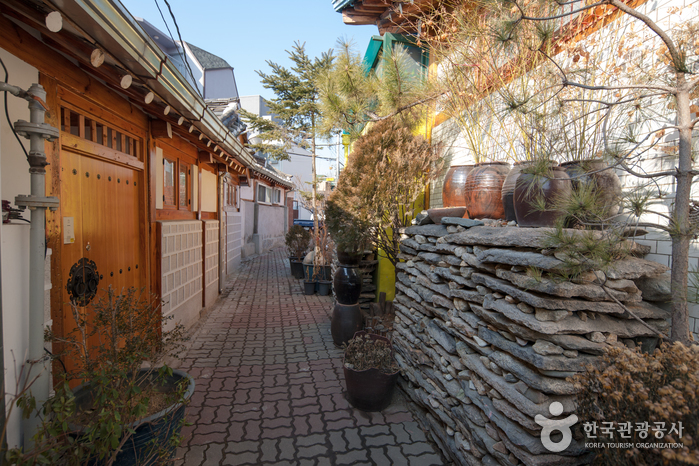
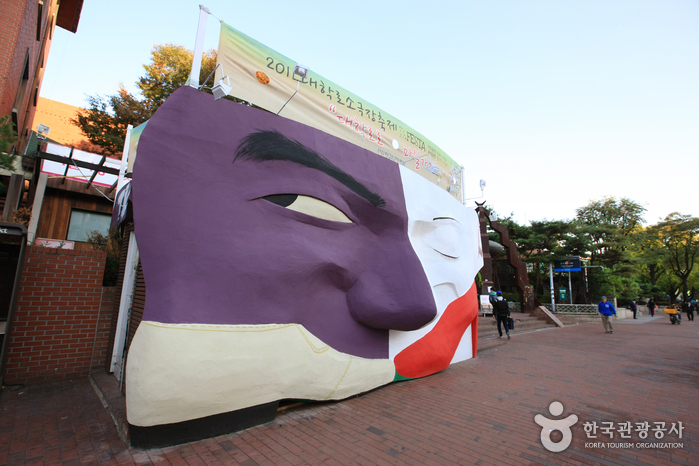
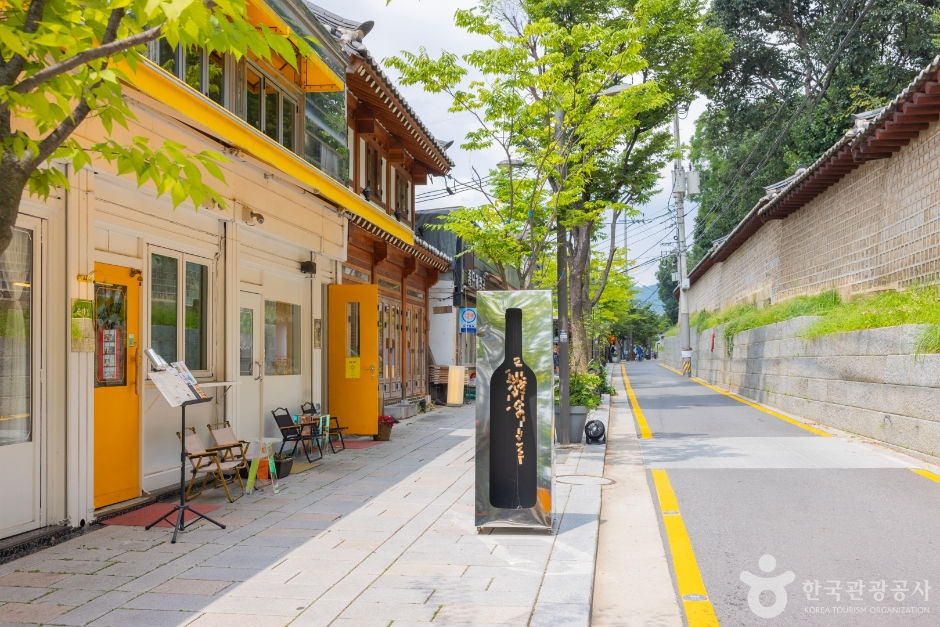
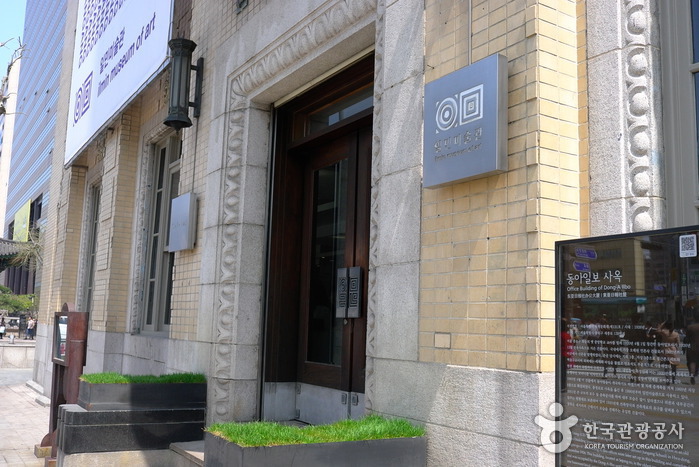
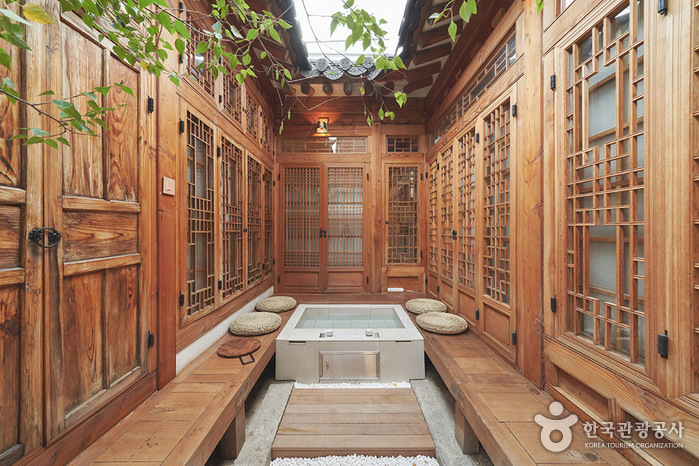
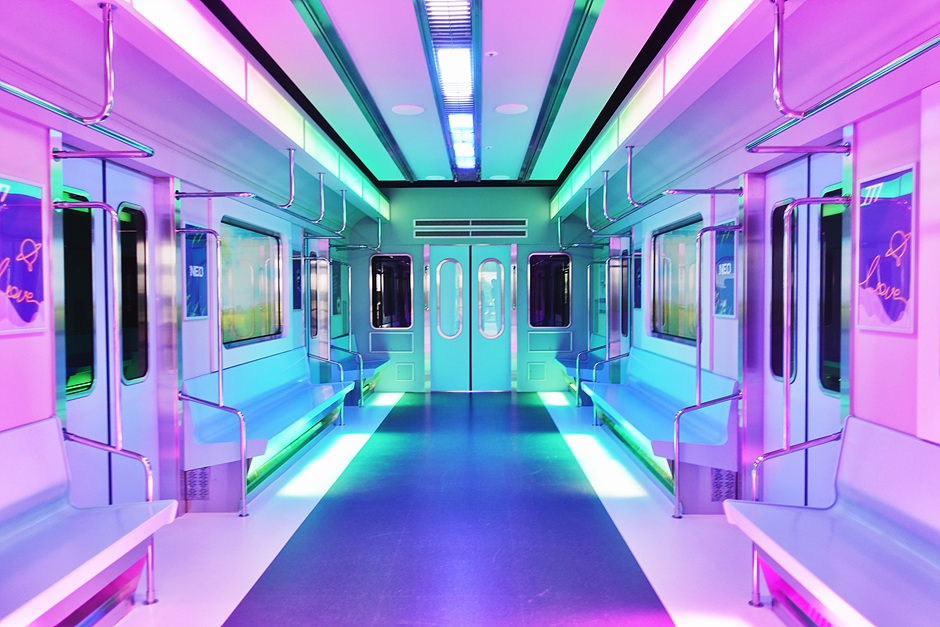

 Français
Français
 한국어
한국어 English
English 日本語
日本語 中文(简体)
中文(简体) Deutsch
Deutsch Español
Español Русский
Русский